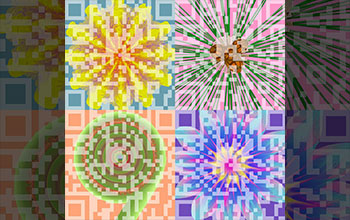Multimedia Gallery
Automated collection process utilizes unique object identifiers, QR codes and citizen science
A new automated collection process utilizing unique object identifiers, QR codes and citizen science has the potential to revolutionize the way in which biologists acquire data from museum specimens.
[Research supported by U.S. National Science Foundation grant DEB 1916632.]
Learn more in the NSF Research News story Unlocking herbaria biodiversity using a QR code. (Date of image: 2021; date originally posted to NSF Multimedia Gallery: Oct. 21, 2022)
Credit: Jerald Pinson
Images and other media in the National Science Foundation Multimedia Gallery are available for use in print and electronic material by NSF employees, members of the media, university staff, teachers and the general public. All media in the gallery are intended for personal, educational and nonprofit/non-commercial use only.
Images credited to the National Science Foundation, a federal agency, are in the public domain. The images were created by employees of the United States Government as part of their official duties or prepared by contractors as "works for hire" for NSF. You may freely use NSF-credited images and, at your discretion, credit NSF with a "Courtesy: National Science Foundation" notation.
Additional information about general usage can be found in Conditions.
Also Available:
Download the high-resolution JPG version of the image. (1.3 MB)
Use your mouse to right-click (Mac users may need to Ctrl-click) the link above and choose the option that will save the file or target to your computer.



